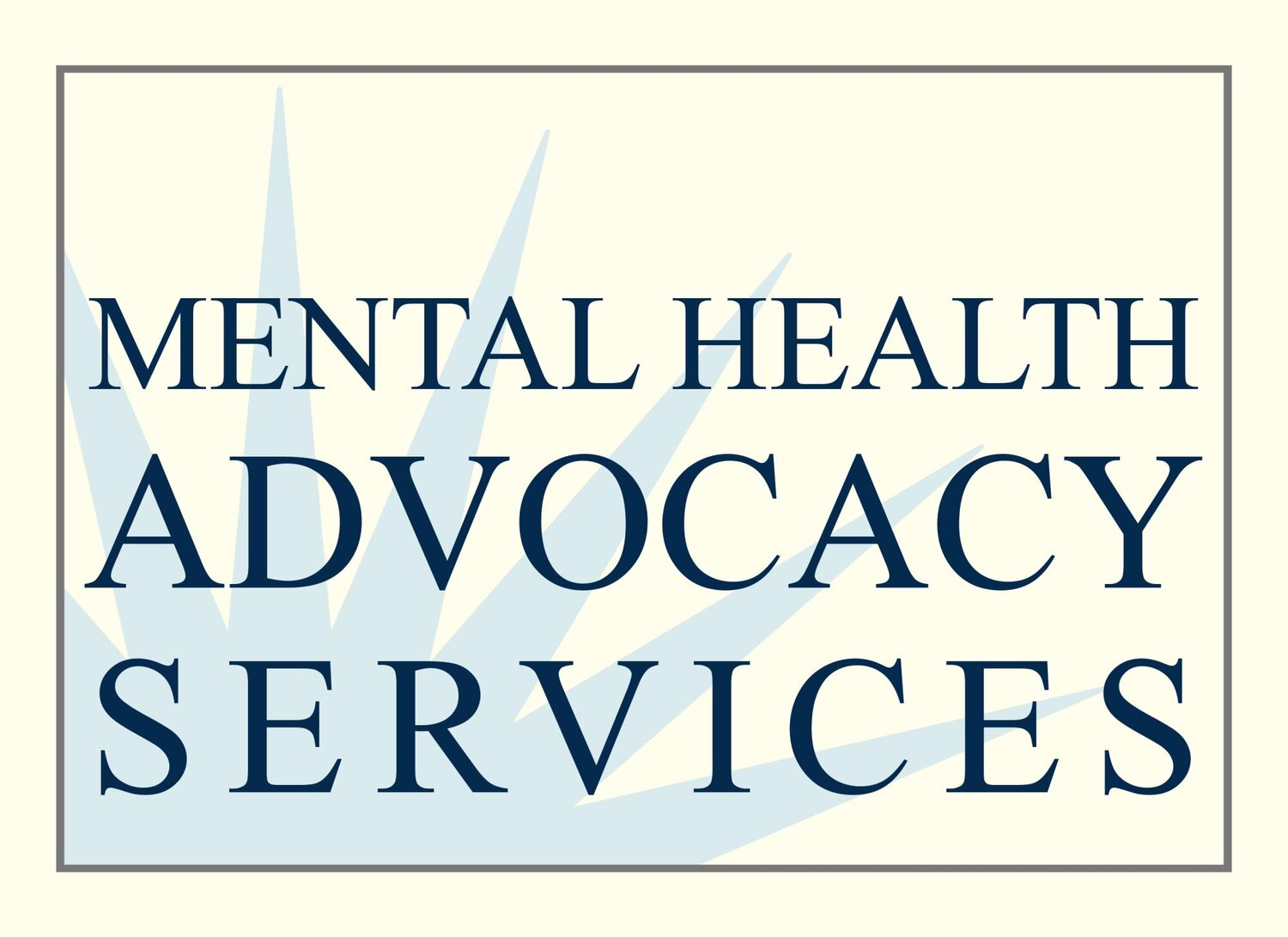Suspension Numbers Decrease but Students with Disabilities Still Need More Support
by Tanya FranklinTanya Franklin is UCLA School of Law’s inaugural Education Law Public Service Fellow at MHAS.
The 2012-13 California suspension data was recently released and LAUSD was praised for reducing suspensions by 37.5%! The District has been making great strides towards keeping students in class and this should absolutely be celebrated. However, I write today to call attention to our students with disabilities, particularly those with mental health disabilities who are still in need of more support.In 2007, LAUSD implemented the Discipline Foundation Policy to address the high suspension rate of 8.1%; In 2011 the District entered into a voluntary agreement with the Office of Civil Rights (OCR) to address disproportionate suspension rates for English Learners and African American students; And in 2013, the District passed the School Climate Bill of Rights, aimed at bringing restorative justice to schools and eliminating suspensions for defiance.With these policies and the 2012-13 lower suspension rate of 1.7%, LAUSD has much to celebrate. With some humble reflection, however, I think it’s important to consider how this success can and should reach all of our students – especially our students with the gravest needs.Last year, the suspension rate for students with disabilities was nearly double the District average. In some schools, a quarter of students with disabilities were suspended. (LAUSD plans to make this disaggregated monthly suspension data available to the public next year.)Nationally, we know some of our most vulnerable students are the ones who face the most punitive school discipline practices. UCLA’s Civil Rights Project found that one in three African American males with disabilities was suspended in 2010. Students with a special education eligibility of emotional disturbance, like many of my clients here at Mental Health Advocacy Services, are some of the most at-risk for being pushed out of school. A report funded by the U.S. Department of Education found that 44% of students with emotional disturbance do not graduate from high school. Further, roughly a third of incarcerated youth have an identified disability.Double the suspension rates… 44% pushed out before graduation… A third of incarcerated youth… Students with disabilities, especially those with mental health disabilities, are some of our most vulnerable students and the ones who need the most academic, behavioral and emotional support.These statistics deeply concern me, and I hope they concern you. Students with special needs are more likely to be suspended and to fall victim to the school-to-prison pipeline. Even where better policies and practices are being implemented, like in LAUSD, more must still be done for our students with disabilities.Check out my next post to learn how restorative justice in schools is positively impacting students with disabilities.
